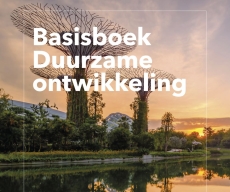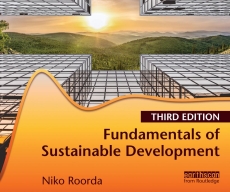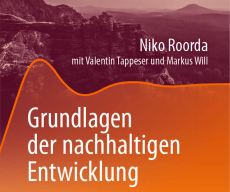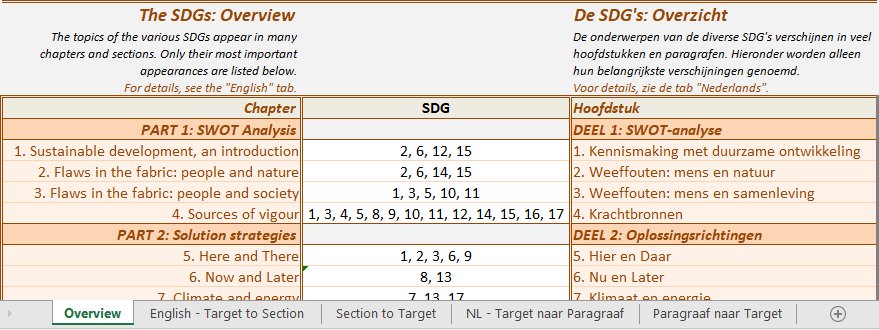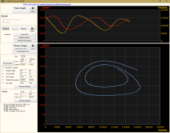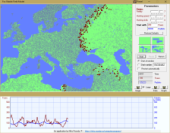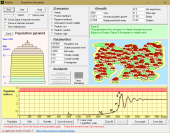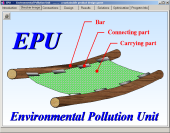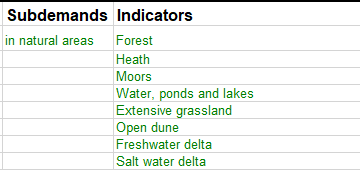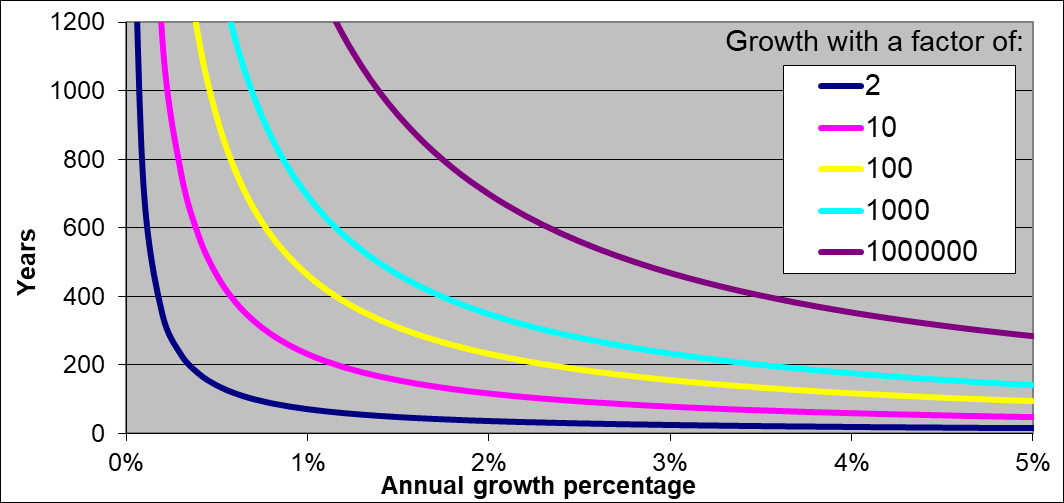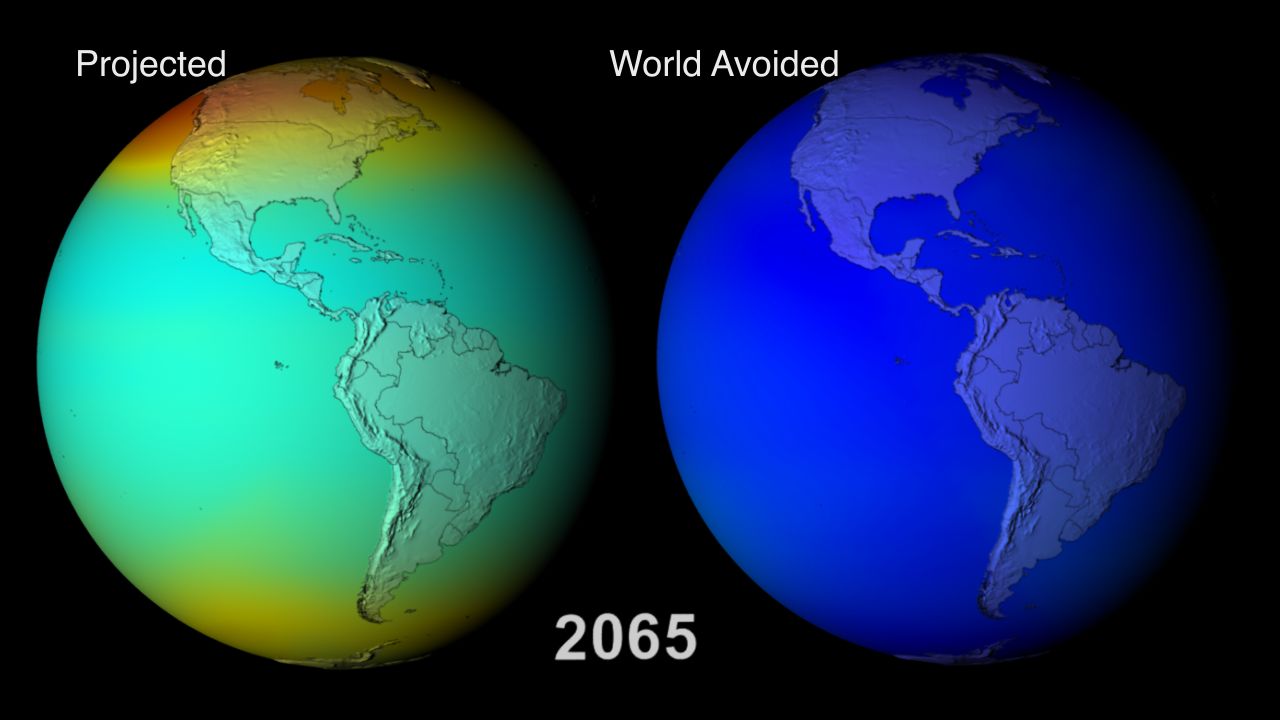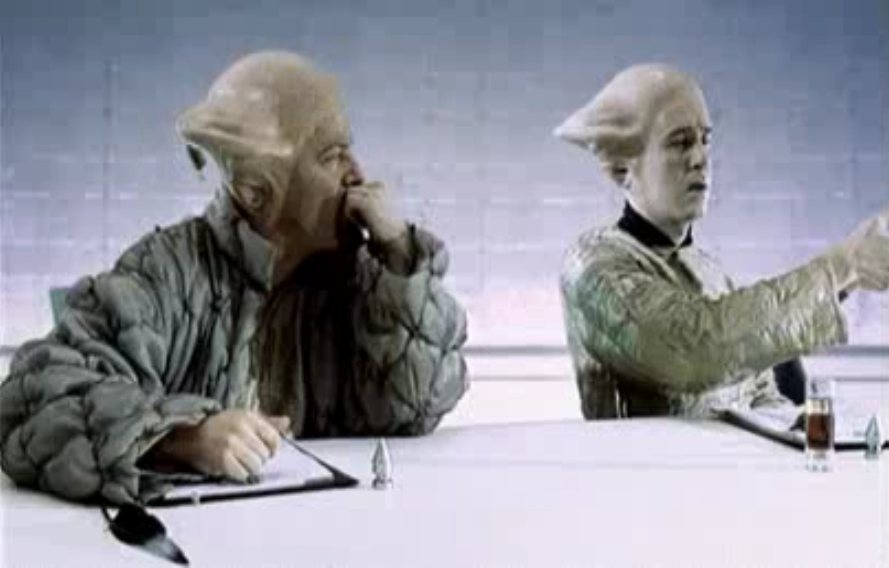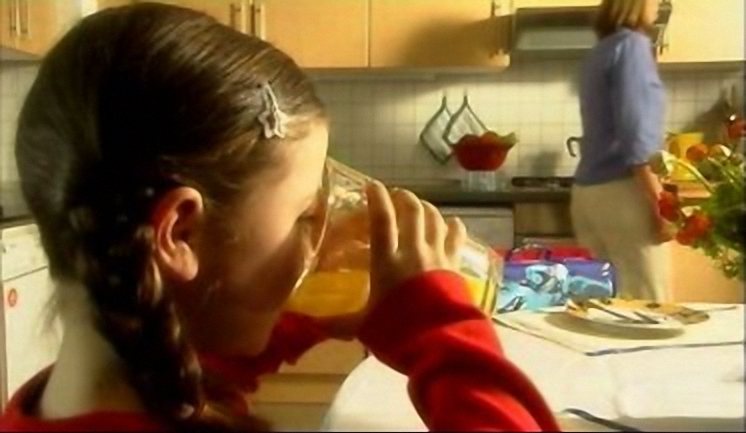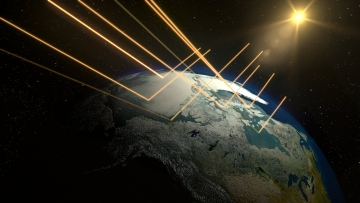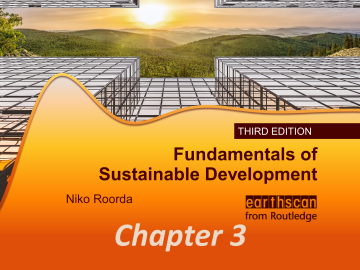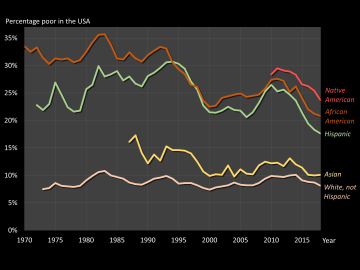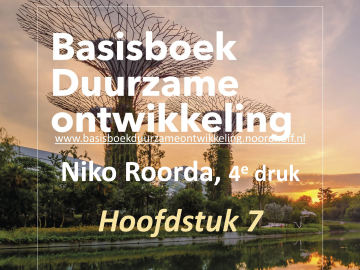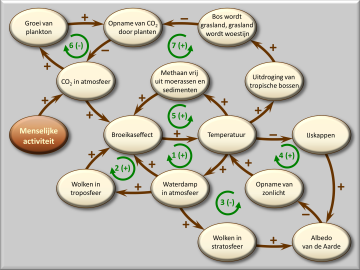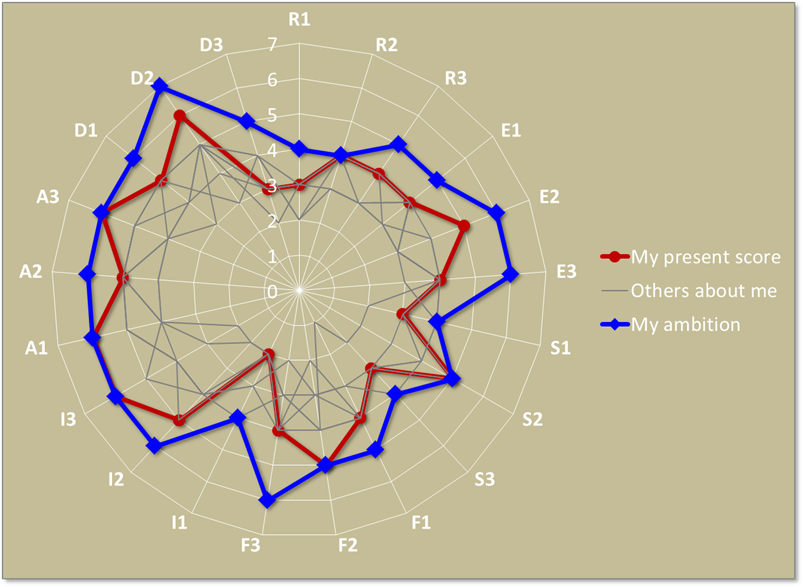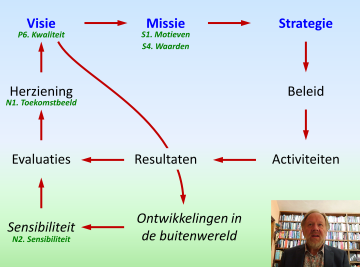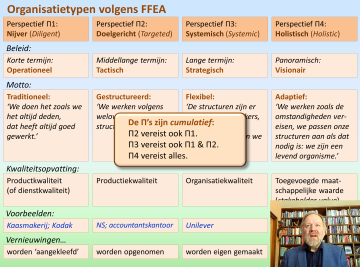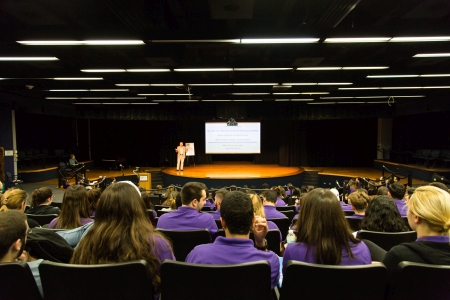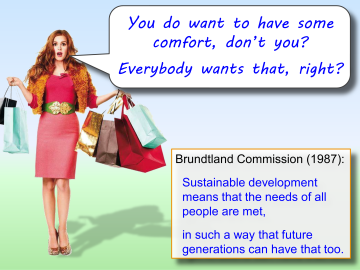SD Textbook accessories: Download page < Previous page Next page >
All downloads on this page are available for free. They are accessories to Niko Roorda's SD textbooks in three languages. Together, the book and the accessories form a highly complete education package for sustainability in universities and colleges in three languages.
If you apply any of these accessories as a source for readers, reports, books, online lessons, or whatever else: always consult the License page first.
Click on an image to go to the associated book page:
This page offers the following downloads:
- The SDGs. Table of the relations between the SDGs and the SD Textbooks
- Letters to the Reader
- Software
- Various spreadsheets
- Videoclips
- Assignments for Students
- Answers and explanations of the Assignments (only for Lecturers)
- Powerpoints: one for each Chapter
- Extra texts (expanding the book)
- RESFIA+D Assessment Tools
- Online video lectures by the Author in Dutch and English
1. The SDGs. Table of the relations between the SDGs and the SD Textbooks (Chapter 4)
The overview is available in English and in Dutch. German will be added as soon as the German textbook becomes available.
You can download this spreadsheet here or through a click on the image.
The Sustainability textbooks are fully updated every 3 to 5 years. This is an absolute necessity, as the topics the books deal with evolve very rapidly. Society changes. Science develops new knowledge and insights. Technology improves. The economy moves up and down, political and societal opinions shift, the climate worsens, disasters - like heatwaves, fires, droughts and hurricanes strike. Powerful leaders are replaced. And on top of all that, a pandemic hits the global community heavily.
All these transitions would urge to rewrite the SD textbooks every year or so. But that is impossible, for several reasons. So, a next-best solution has been chosen by author Niko Roorda, in the form of letters to the reader, allowing him to send updateswhenever needed.
Updates through letters
So, at irregular intervals - but roughly every six months or so - Roorda writes a new letter. The letters are written in Dutch, English and German, i.e. for each of the languages for which a textbook is available.
The first letter dates from July 2020. This was in time for the English and the German book to be inserted. In the English book, this first letter is included in the book as an Afterword, starting on page 393. The German book likewise possesses a Nachwort.
For the Dutch textbook, this letter was too late to be included. The letter was posted on Roorda's LinkedIn page, where it will remain available, both in Dutch and in English. Next letters will also be uploaded to LinkedIn; so, if you follow Roorda's activities on LinkedIn, you will be informed.
Downloads
On the current webpage, the letters are available as well. Click on the link to download the letter.
Letter 1, July 2020: Letter 2: | Dutch Letter English Letter German Letter Expected ca. Febr. 2021 |
These computer programs are developed by the author. They are applied in the SD textbooks.
When you use the programs, please first read the copyright statement.
For a description and a download link, click on the images.
A series of short clips, created by various organizations, have kindly been made available for the three SD textbooks. All of them are applied in assignments belonging to the eight chapters of the book. But many of them are also interesting illustrations of the texts within the book, all by themselves.
You can download a list of the clips, in which you will find the appropriate assignment numbers. For the clips themselves, click on an image to download a set of clips, bundled in a zip file.
For students, a series of assignments have been designed by the author. For each of the eight chapters, there are ca. 25 assignments. In total there are 209 assignments, sorted by fixed categories for each chapter:
- Analysis assignments
- Numerical & Math assignments
- Research assignments
- Debating assignments
- Problem-based assignments
- Project assignments
- Film assignments
If you have any questions, comments or suggestions for additions, please contact the author.
You can download the assignments together as one zip file, which includes all necessary additional files, such as spreadsheets, images, powerpoints etc., except the applied videoclips and extra texts.
Several of the assignments make use of a FFEA Extension. Seven examples of these extensions, applied in assignments, are shown on this page and the next six pages.
Download the assignments here:
Dutch: English: German: | Opdrachten bij Basisboek Duurzame Ontwikkeling, 4e editie.zip (in the process of updating from the 2nd edition) (will be available when the German book is published) |
Two examples of Assignments:
Assignment 6.14. Tinted glasses (a debating assignment related to Chapter 6: Now and Later)
Randomly divide the group into two equal halves.
The one group is the ‘Rose-tinted Glasses’ and the other is the ‘Dark Glasses’. The attitudes of each group are based on the description of the tinted glasses in chapter 6.
a. The two groups debate developments in the world over the next 20 to 30 year period. Agree in advance to a time limit for the debate. Both groups must try and ‘win’ the discussion.
b. Next, the two groups swap their ‘glasses’, and each group now defends the opposite point of view. This should take up around half the time as the first part of this assignment did.
c. Join the groups together once more, and examine how the debate went. Also examine which of the points of view were probably the most plausible. This part of the assignment is not about ‘winning’, but rather about finding a ‘consensus’.
Assignment 2.3. The fish harvest (a numerical assignment related to Chapter 2: Flaws in the Fabric: People and Nature)
In this assignment use the spreadsheet ‘Fish harvest.xlsx’ In this spreadsheet, the fish harvest in an imaginary sea – the ‘West Sea’ – is worked out over a period of 50 years.
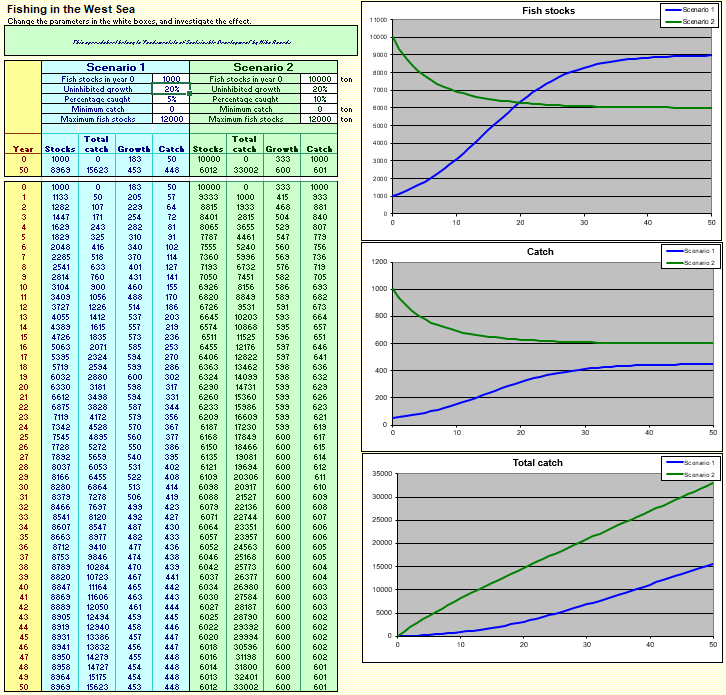 You can change the annual catch by changing the figures in the white sections. They contain the follow:
You can change the annual catch by changing the figures in the white sections. They contain the follow:
- Fish population in year 0: The quantity of fish, measured in tons, at the start of the 50 year period;
- Uninhibited growth: The percentage by which the fish population increases annually, as long as the total population does not approach the maximum fish population;
- Harvested percentage: The percentage in terms of fish caught every year;
- Minimum catch: The minimum number of fish caught every year – at least, if there still are any fish;
- Maximum fish population: The greatest number of fish that can exist in the West Sea.
To make things easier, two calculations can be carried out in the spreadsheet side-by-side - ‘scenario 1’ and ‘scenario 2’ – allowing for an easy comparison of the results. The results of both scenarios are shown together in three graphs.
a. See what happens if no fish at all are caught. Next choose a few different values for uninhibited growth. Detail what the term ‘inhibited growth’ means.
For the following questions, always use whole numbers for the percentages. Also always use:
- Fish population in year 0: 10,000 ton
- Uninhibited growth: 20%
- Maximum fish population: 12,000 ton
b. This time fish are caught. Select a minimum catch of 0, then vary the percentage caught. Try out different combinations, always going back to the three graphs to see the results.
c. Imagine that the fishermen push for the annual catch to not drop below 1,000 tons a year, otherwise they will go broke. See what the consequences will be if their demand is met.
d. Find the values for the percentage and the minimum catch that will result in the highest catch in the 50th year.
e. Find the values for the percentage and the minimum catch that will result in the highest catch in total for all 50 of the years.
f. Find the values for the percentage and the minimum catch that will provide the most sustainable fish harvest. Explain why you consider your results to be the most sustainable.
g. Write a report on your results (for questions a to f), containing illustrations, arguments, conclusions and recommendations.
7. Answers and explanations of the Assignments (only for Lecturers)
Apologies to students and other readers: this download is only available for lecturers, as at least some of them would not be cheering if their students can freely find the answers and detailed explanations to the exercises.
Those lecturers who wish to share these files with their students: go ahead; but please don't distribute them in wide circles.
The answers and explanations are available as a pdf file. Together with supporting files, they can be downloaded as a zip file.
If you, as a lecturer, want to receive the link to this zip file, please contact the author.
8. Powerpoints: one for each Chapter
The most important images in the textbooks are available as powerpoint files (.pptx). The presentations can be used as they are; but they can just as well be edited, shortened, combined, etc., enabling the lecturer (or the student) to apply a presentation exactly as they want it. Besides: separate images from the powerpoints may be used as illustrations in readers, reports, etc.
However: always consult the License page first, as stated on top of this page.
English illustration: The powerpoint of Chapter 3, sheet 1...
| ... and sheet 12.
|
Download the 8 powerpoint files as a bundled zip file:
Dutch: English: German: | Basisboek Duurzame Ontwikkeling, 4e editie - Powerpoints van alle hoofdstukken.zip Fundamentals of SD, 3rd edition - Powerpoints of all chapters.zip (will be available when the German book is published) |
Dutch illustration: De powerpoint van Hoofdstuk 7, sheet 1...
| ... en sheet 5.
|
Dutch: English: German: | Basisboek Duurzame Ontwikkeling, 4e editie - Extra stof.zip (in the process of updating from the 2nd edition) (will be available when the German book is published) |
Example: the first part of the Extra Text for Chapter 2
The depletion of resources
‘We’ll run out of oil within 40 years’. This is the type of assertion you can frequently see in newspapers and on websites. But the world is a more complicated place, and in reality assertions of this type cannot be so precise, nor can they be made in this way.
Some resources can only be extracted from the natural world once, such as oil, gas, iron and sand. Some of these – like sand – are available in enormous quantities, but most are only available in limited quantities, and it is these that can become depleted.
Then there are the renewable resources, as can be seen in table 1. Wind, flowing water and everything that grows in the natural world. And of course there is the sun, which is the ultimate source on which all the other renewable resources depend. Taken in an extremely literal sense, the sun is a one-off source, as it too will die out or explode one day. But that is such a long way off – some five billion years away – that we can consider it to be inexhaustible in human terms.
Most renewable resources are inexhaustible, in principal, as they are always replenished. However, in practice they can be exhausted if they are used faster than nature can replace them or, even worse, if the natural environment in which they grow is destroyed. Deforestation in the tropical regions or overfishing are two examples of that.
|
Table 1. Primary resources |
||
|
Type |
One-off resources |
Renewable resources |
|
Energy |
Oil, gas |
Wind, flowing water |
|
Raw materials |
Metals |
Wood, bamboo, rubber |
|
Nutrition and |
Groundwater |
Meat, fish, dairy produce |
|
Other |
|
Land, waterways |
Aside from all the resources that are made of matter or energy, there is also a group of resources that is more subjective in nature. An example of this is the beauty and the quiet of the landscape. We will not be looking at the latter group in this additional material.
In table 1 you can see that oil has been listed in two different places – as a source of energy and as a raw material. Of the oil that we have been pumping out of the ground in the last few decades, some 95 percent is used as fuel, in the form of gas, for example, with the remaining five percent used to manufacture plastics. Water is also listed multiple times in table 1. Flowing water serves as a source of energy in the form of flowing rivers, wave action at sea and the ebb and flow of tidal waters. It is also crucial as a material for agriculture, in industry and in construction work, amongst other things. Moreover, it is of course indispensible to humans, for drinking and cooking and for hygiene in the form of water for washing and sewage systems. And finally water is also listed under ‘Other’ in the form of waterways for transport.
(Etc.)
In Chapter 8 of the textbooks, in the final section, the RESFIA+D model is explained. This model is also called the Seven Competences of the Sustainable Professional. Detailed information about the model is available on several pages on this website:
RESFIA+D is intended as an assessment tool. For this purpose, three assessment tools can be downloaded.
|
Illustration: a graphical result of an assessment |
De onderstaande colleges zijn op maat aanpasbaar op verzoek van onderwijsinstellingen en andere opdrachtgevers. Neem daarvoor contact op met de auteur.
Kijk ook naar de Nederlandstalige presentaties op de presentatiepagina.
Klik op een afbeelding om naar de online colleges op YouTube te gaan.
Aspecten van Toekomstgericht Ondernemen | MVO 2020 |
See also the pdf's and powerpoints of Roorda's English presentations, many of which you can download.
Click on an image to go to the video of the lecture on YouTube.

